
An Ultimate Guide on Salesforce ERP Integration
In the dynamic world of modern business, companies seek to optimize their operations, enhance productivity, and deliver outstanding customer experiences. Key players in achieving these objectives are Salesforce, a preeminent Customer Relationship Management (CRM) platform, and Enterprise Resource Planning (ERP) software, which empowers efficient management of core business processes.
Unlocking Efficiency Through Integration
The convergence of these two systems, Salesforce and ERP, has emerged as a strategic imperative for businesses aiming to unlock new levels of efficiency, data visibility, and collaboration.
In this blog, we dive into various integration options, examine real-world case studies, and present current best practices to guide you seamlessly through the integration journey.
Understanding Salesforce ERP Integration
Salesforce ERP integration is the process of connecting Salesforce with the Enterprise Resource Planning (ERP) system utilized within your organization. It encompasses the integration and synchronization of data, processes, workflows, and functionalities between these two systems, ensuring an uninterrupted flow of information.
Before diving into the integration process, let's first understand each system independently:
Salesforce:
Salesforce stands as a leading customer relationship management (CRM) platform, aiding businesses in managing and streamlining their sales, marketing, customer service, and other critical operations. It offers a comprehensive suite of cloud-based applications and services, enhancing customer engagement, boosting business productivity, and fueling growth.
Enterprise Resource Planning (ERP):
ERP is an all-encompassing and integrated software system designed to automate core business processes across various organizational departments. This software provides a centralized database and a suite of modules that support functions such as finance, human resources, procurement, supply chain management, manufacturing, inventory management, sales, and customer relationship management (CRM).
The Benefits of Salesforce ERP Integration for Businesses
The integration of Salesforce with ERP systems offers a multitude of advantages for businesses:
- Eliminates Manual Data Entry: Reduces errors and redundancies by automating data synchronization.
- Saves Time and Resources: Automates data synchronization, saving valuable time and resources.
- Real-time Data Visibility: Provides real-time data visibility for all stakeholders.
- Access to Accurate Information: Ensures access to accurate and up-to-date information.
- Efficiency Enhancement: Improves efficiency by streamlining processes.
Navigating Integration Challenges
While the benefits of integration are significant, challenges can arise, including:
- Mapping Data Fields: Ensuring data fields between systems are correctly aligned.
- Data Format and Model Differences: Addressing disparities in data formats and models.
- Data Flow and Compatibility: Ensuring seamless data flow and compatibility.
- Data Security and Access Controls: Managing data security and access controls.
- Planning and Preparation: Meticulous planning and preparation for successful integration.
Exploring Integration Options
To maximize the productivity of ERP systems, integration with other applications is crucial. For example, Salesforce Configure Price Quote (CPQ) lead-to-order data can be seamlessly converted into transactional data using Salesforce Billing. This integration allows the ERP system to access matching data for accounting functions such as financial reporting and general ledger.
Three primary options for integrating Salesforce and ERP systems are available:
Option 1 - Native Integration Within Salesforce
Salesforce offers native integration capabilities that facilitate seamless communication between CRM and ERP systems. Native integration enables real-time data synchronization, allowing users to access ERP data within Salesforce and vice versa. However, the extent of flexibility and customization may vary based on the specific ERP system in use.
Option 2 - Third-Party Integration Tools
Numerous third-party integration tools are available to facilitate the integration between Salesforce and ERP systems. These tools provide pre-built connectors and workflows, streamlining the integration process. Notable third-party tools include MuleSoft, Dell Boomi, and Jitterbit. When selecting a third-party tool, factors such as ease of use, scalability, ERP system compatibility, and pricing should be carefully considered.
Option 3 - Custom Integration Solutions
Custom integration solutions may be the ideal choice for businesses with unique requirements or complex ERP systems. Custom integration involves creating a tailored solution using Application Programming Interfaces (APIs) and middleware platforms. While custom integration offers the highest level of flexibility and customization, it requires substantial development resources and expertise.
Best Practices for Salesforce-ERP Integration
Achieving a successful ERP integration with Salesforce demands a firm commitment to best practices throughout the entire process. To ensure a seamless integration, adhere to the following guidelines:
-
Preparation for Integration
Data Cleansing and Standardization: Initiate the process by cleansing and standardizing data in both Salesforce and the ERP system. This ensures uniformity and accuracy, which is critical for smooth integration.
Data Field Mapping: Thoroughly map data fields between systems, considering data format, data types, and terminology discrepancies. Alignment is crucial in facilitating uninterrupted data flow.
Security Measures: Implement robust security measures to safeguard sensitive data during ERP integration with Salesforce. Ensure compliance with relevant regulations, reinforcing data protection.
-
Establishing Integration Workflows
Scope Definition: Clearly define the integration scope, specifying the modules, processes, and data elements to be integrated. This clarity is essential for a focused and efficient integration process.
Data Synchronization Frequency: Determine the frequency of data synchronization between Salesforce and the ERP system. Choose between real-time or batch updates based on precise business requirements.
Error Handling Mechanisms: Establish mechanisms for identifying and managing data validation errors and exceptions during integration. Maintain proper error logging and notification procedures for swift resolution.
-
Testing and Validation
Thorough Testing: Conduct comprehensive testing of integration workflows to identify and resolve any issues or discrepancies.
End-to-end Testing: Simulate real-world scenarios with end-to-end testing to validate the entire integration process. Ensure seamless data synchronization and functional alignment.
End-User Involvement: Engage end-users in the testing process to validate integration from their perspective. Gather feedback to make necessary improvements and enhance user satisfaction.
-
Monitoring and Maintenance
Monitoring Mechanisms: Implement monitoring and logging mechanisms to track data synchronization, identify errors or anomalies, and maintain ongoing system performance.
Regular Maintenance: Plan for routine maintenance and updates to the integration to address changes in business requirements, system upgrades, or the introduction of new functionalities.
Documentation: Thoroughly document the Salesforce integration with the ERP system process, encompassing workflows, configurations, and customizations. This documentation ensures knowledge transfer and supports future maintenance or enhancements.
Recommendations for Salesforce-ERP Integration
If you are considering Salesforce-ERP integration, heed the following recommendations:
- Clear Objective Setting: Begin by identifying and comprehending the integration's objectives and motivations. Define the data to be shared between systems and articulate desired outcomes.
- Evaluate Integration Options: Evaluate available integration options, whether through custom development or pre-built solutions. Consider scalability, flexibility, and error-handling capabilities when making your choice.
- Stakeholder Engagement: Engage representatives from affected departments, fostering collaboration and gathering input. This approach ensures consideration of all requirements, identifies potential challenges, and garners ownership and buy-in from stakeholders.
- Scope Definition: Clearly specify the data elements and processes to be integrated. Common integration points encompass sales history, payments, inventory, customer data, and financial information. Establish data mapping rules for seamless data flow.
- Change Management Planning: Recognize that Salesforce-ERP integration involves workflow and process changes. Develop a robust change management strategy, including training and communication, to facilitate employee adaptation and promote system acceptance.
Conclusion
Salesforce and ERP systems’ integration holds immense potential for optimizing business operations and maximizing the value of CRM and ERP investments. An expert integration consultant like CloudCache Consulting with best practices and the most suitable integration options can help businesses at a rapid pace. With our Salesforce Professional Resources, organizations can achieve seamless data flow, enhanced collaboration, and superior customer experiences. Read our client’s review on Upwork.
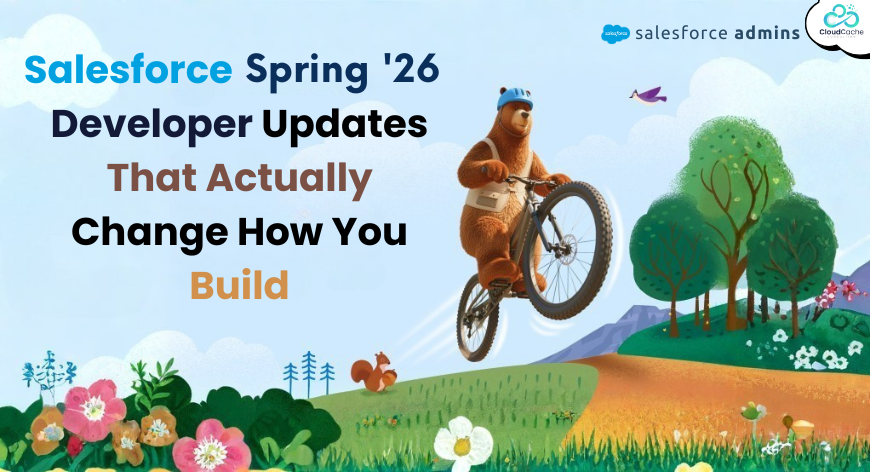
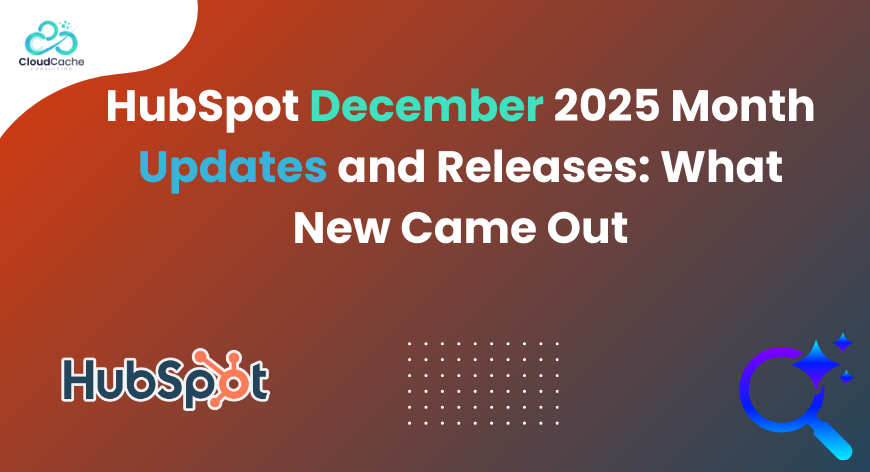
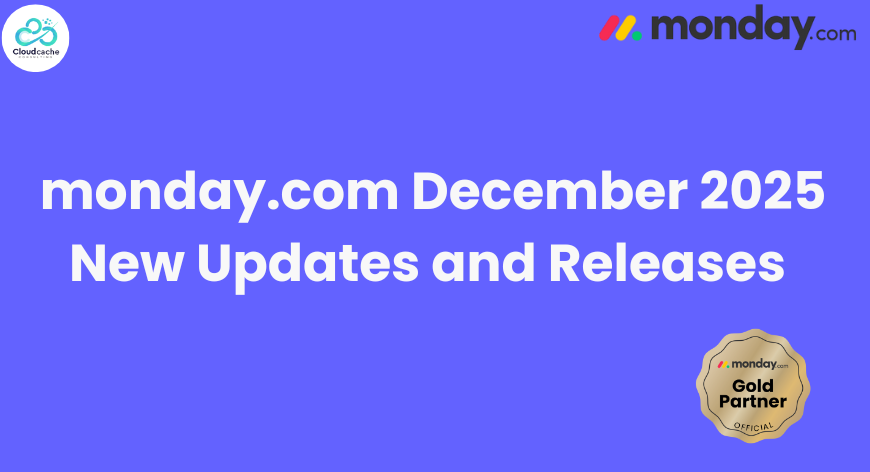

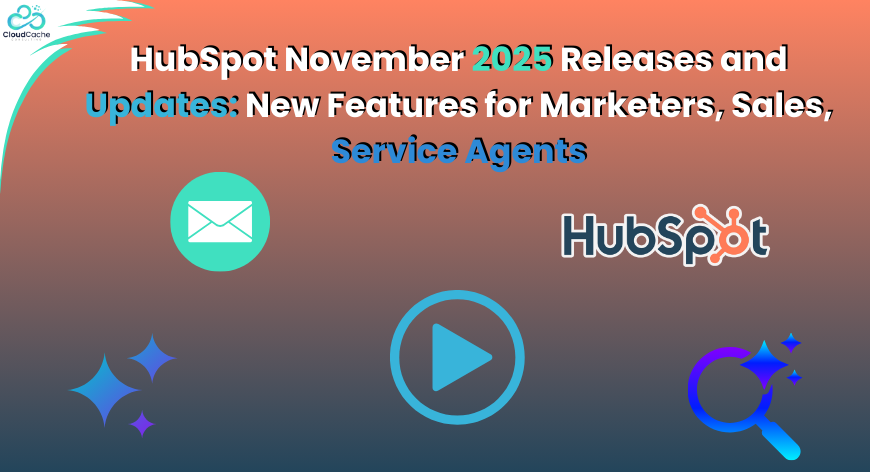



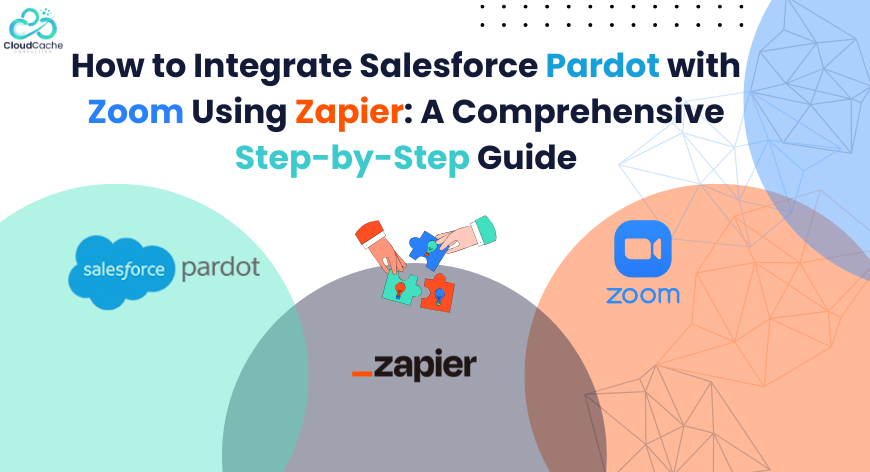


Leave a Reply
Your email address will not be published.